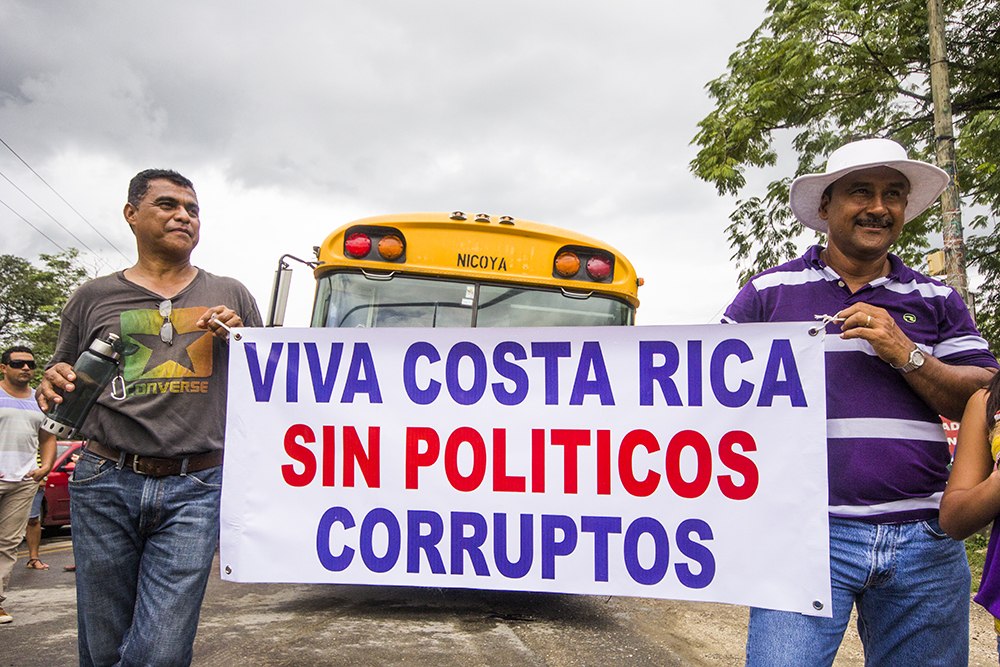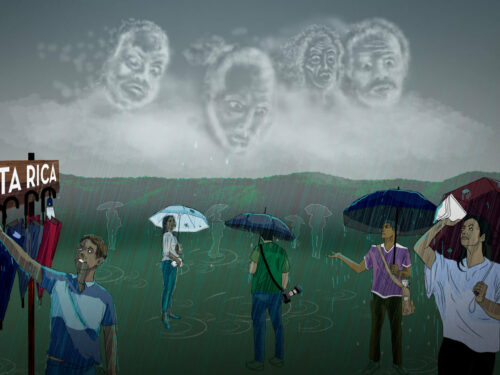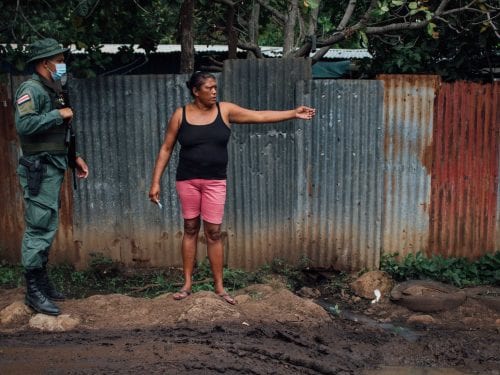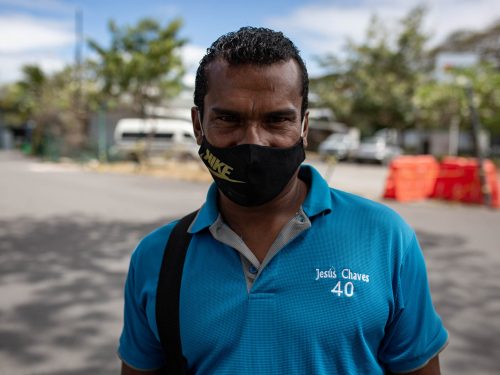
Once a year, on July 25th, the whole country turns its attention to Guanacaste and mainly to Nicoya. It is during this single day that the media devote complete reports to the historic annexation to Costa Rica by the Party of Nicoya.
But the pretty face of the annexation has another side to it with deeper dimensions that is always obscured by the splendor of the formal events and the presence of the executive power in Guanacaste. Since 2008 this newspaper, previously named The Voice of Nosara, has covered the repeated celebrations of the Annexation and the presidential visits to the colonial city.
And they are all the same: full of half-fulfilled promises and speeches full of demagoguery that leave an aftertaste of betrayal of the hopes of an entire province.
We can cite two specific examples: one is the construction project of the medical tower for the Nicoya hospital, promised since 2010 by Laura Chinchilla with construction supposedly to start in 2011, but the bidding process for this work just opened in March 2013.
Another is the promise to pave Route 160 that joins Nosara and Samara, where dust has been causing many respiratory problems in children and the elderly, as well as several traffic accidents.
According to statistics from the EBAIS in Nosara, in the month of January 2012 this clinic attended 186 patients, mostly children, with some type of respiratory problem, which equates to a monthly average of six people daily.
In 2009, with former President Oscar Arias in power, he promised that the funds were ready and that they would come from a loan from the Inter American Development Bank. Arias’ government also clarified that they were only waiting for the plans, but this year in April the coastal inhabitants were doused with a bucket of cold water when, during a meeting in the Presidential House, Luis Antonio Aiza, PLN legislator, announced that the money never existed or at least no longer does.
These are just two of a long list of broken promises that are repeated each July 25th by presidents, ministers and legislators.
So it is not surprising that in recent years, protests have increased throughout the country, and Guanacaste has not been the exception.
One example was the statement made by Marcos Jimenez, mayor of Nicoya, tired of the neglect of national routes in the canton, when he decided to create “scandal” by not officially receiving President Laura Chinchilla and taking to the streets in protest during the annexation celebrations of 2012.
His stance, praised by some and criticized by others, at least managed to put Nicoya in national headlines so that the country talked about Nicoya for more than a day.
So what can be expected on July 25th this year? On behalf of the government, not much as Chinchilla ends her term as president in May 2014, so she could argue lack of time to carry out work.
However, on behalf of Guanacaste, as the years pass and things stay the same the accumulated frustrations have reached their limit. Therefore the coastal communities are threatening to hold an unprecedented protest for the upcoming July 25th, in which Chinchilla and her entourage will not even be allowed to enter Guanacaste.
With this editorial we want to make clear that we understand the feelings of the Guanacastecans.
Peaceful protest, with respect and good sense, is a means by which to draw the attention of the government actors to the problems and begin to engage in dialogue and concrete actions to remedy the situation.
Neither Nicoya nor Guanacaste deserve to be national news only on July 25th.
The province voluntarily annexed to Costa Rica with its cultural, economic, historical and social legacy. It is an unpaid historical debt. The people of Guanacaste deserve more.
So remember the old song, “Guanacaste, your history and your determination, Costa Rica should not forget when you raised the Briceño banner, “Of the homeland by our will.”







Comments